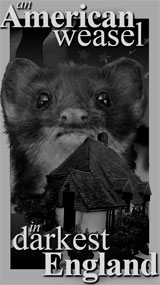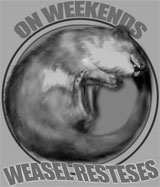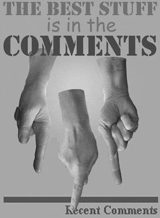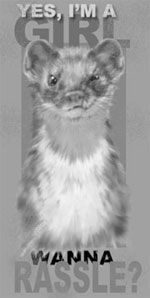All them nekkid ladies
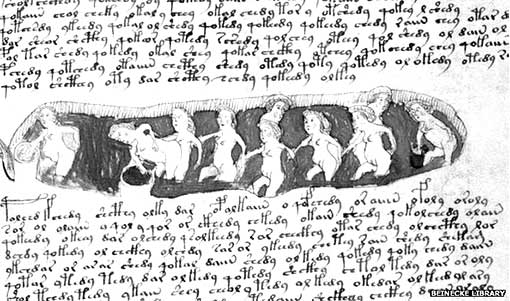
Did you see, somebody over here might have cracked the Voynich manuscript? If that doesn’t ring a bell, you’d probably know it if you saw it — it’s one of those perennial old mysteries at the heart of Ripley’s Believe it or Not and such like.
It’s a manuscript from the early 1400’s in a completely unique and undecipherable language. Lots of cryptographers and linguists have had a go at working it out, without any success what-so-ever. The pictures are mostly of plants that were contemporary herbal remedies, so it’s thought to be a pharmacopeia of some kind. But then there are other illustrations, like these naked ladies and things that look like astronomic (or astrologic) charts.
Up to now, one of the leading theories was that the whole thing was a fake, perhaps by Voynich himself — the antiquities dealer who turned it up in 1912. There are characteristics — like doubled and tripled words — that are very unlanguage-like. The fact that nobody could crack a word of it probably pissed everybody off, too. But that always struck me as extremely unlikely — writing out 250 pages of nonsense, using proper ancient materials, and drawings and calligraphy appropriate to the age, without once breaking character? Nah.
According to the BBC article, the ‘breakthrough’ was some kind of statistical analysis of the word patterns, which sounds very boring. Cue learned men huffing and pooh-poohing.
But the Daily Mail’s version sounds much more interesting (*shakes fist at Daily Mail*). They interviewed Bax, the scientist, who said he’d taken the known Arabic words for some of the herbs illustrated and managed to find them near the appropriate illustration. He says he has decoded Juniper, Taurus, Coriander, Centaurea, Chiron, Hellebore Nigella Sativa, Kesar and Cotton. That’s better.
If you’re interested, the Wikipedia rundown on the thing is as good as any.
February 22, 2014 — 12:10 am
Comments: 11
